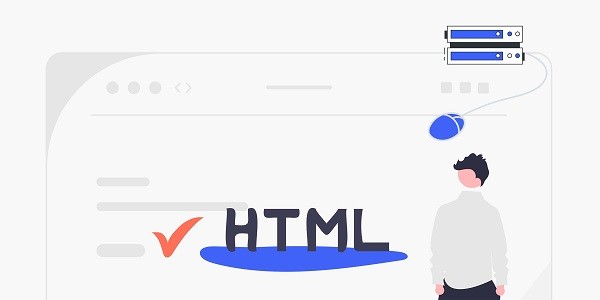Viviet proxy is a connection technology based on a distributed network architecture, which aims to achieve seamless connection of global business through dynamic allocation of IP resources. Its core concept is to break through geographical restrictions and provide users with flexible and stable network access capabilities. For scenarios such as cross-border e-commerce, data crawling, and advertising verification, viviet technology can significantly improve operational efficiency and anonymity. As the world's leading proxy IP service provider, IP2world's product system is highly consistent with the application scenarios of viviet technology, especially through solutions such as dynamic residential proxy and static ISP proxy, providing users with customized support. Why is dynamic residential proxy the core of Viviet technology?Dynamic residential proxies can effectively circumvent the platform's anti-crawling mechanism by simulating the network behavior of real user devices. Its IP resources cover many countries around the world and have high-frequency switching characteristics, which are particularly suitable for scenarios that require a large number of anonymous requests. For example, IP2world's dynamic residential proxy supports on-demand allocation of IP pools, and users can customize geographic positioning and switching frequency, which not only ensures business continuity but also reduces the risk of being blocked. How does static ISP proxy enhance the stability of Viviet?Unlike dynamic proxies, static ISP proxies provide long-term fixed IP addresses, which are usually directly assigned by Internet service providers. This feature makes it outstanding in scenarios that require high stability, such as social media account management, long-term data monitoring, etc. IP2world's static ISP proxy service supports multi-protocol access and exclusive bandwidth resources, ensuring low latency and high reliability of data transmission. How do dedicated data center proxies cope with high concurrency demands?When the business involves large-scale data collection or real-time interaction, exclusive data center proxy can provide dedicated server resources to avoid the congestion problem of the public IP pool. IP2world's exclusive proxy solution supports customized configuration, and users can flexibly adjust server performance parameters according to business load, while enjoying 24-hour operation and maintenance support, further lowering the technical threshold. How do S5 proxies and unlimited servers expand the application boundaries of Viviet?The S5 proxy protocol is known for its high compatibility and security, and is particularly suitable for sensitive operations that require multiple layers of encryption. IP2world's S5 proxy supports seamless switching of HTTP/HTTPS/SOCKS5 protocols. With the unlimited server solution, users can break through traffic restrictions and achieve 24/7 automated task execution. For example, in advertising delivery testing, unlimited servers can ensure long-term, multi-account parallel operations, significantly improving test coverage. As a professional proxy IP service provider, IP2world provides a variety of high-quality proxy IP products, including unlimited servers, static ISP proxies, exclusive data center proxies, S5 proxies and dynamic residential proxies, suitable for a variety of application scenarios. If you are looking for a reliable proxy IP service, welcome to visit the IP2world official website for more details.
2025-05-10









